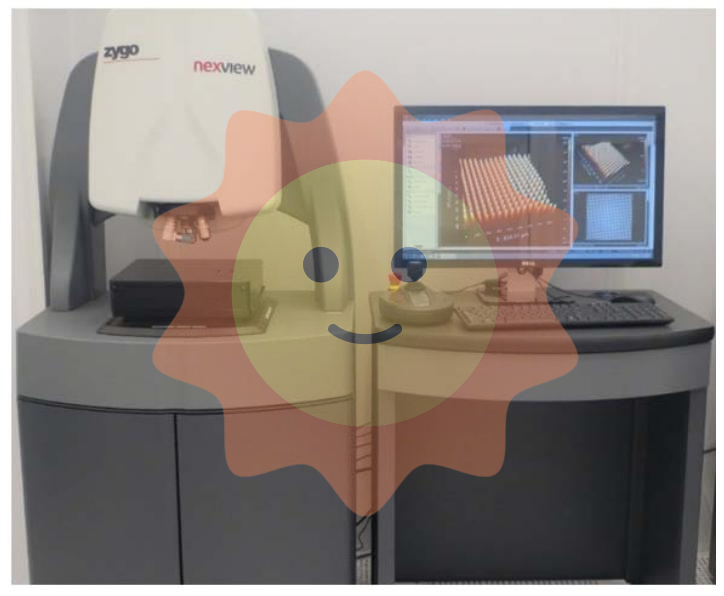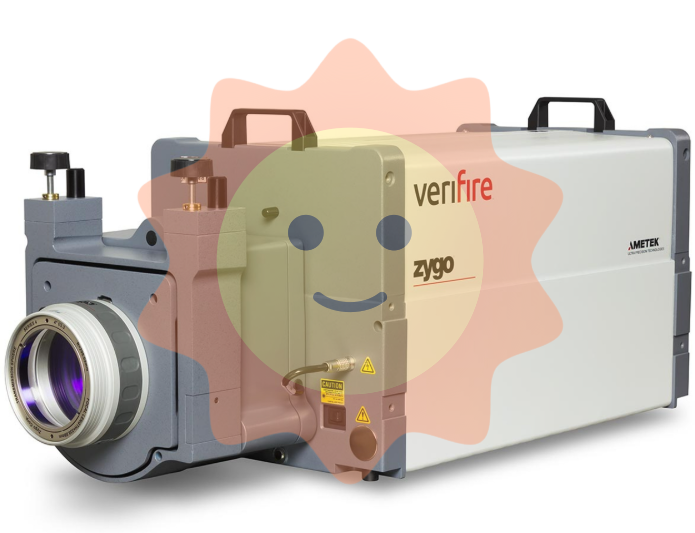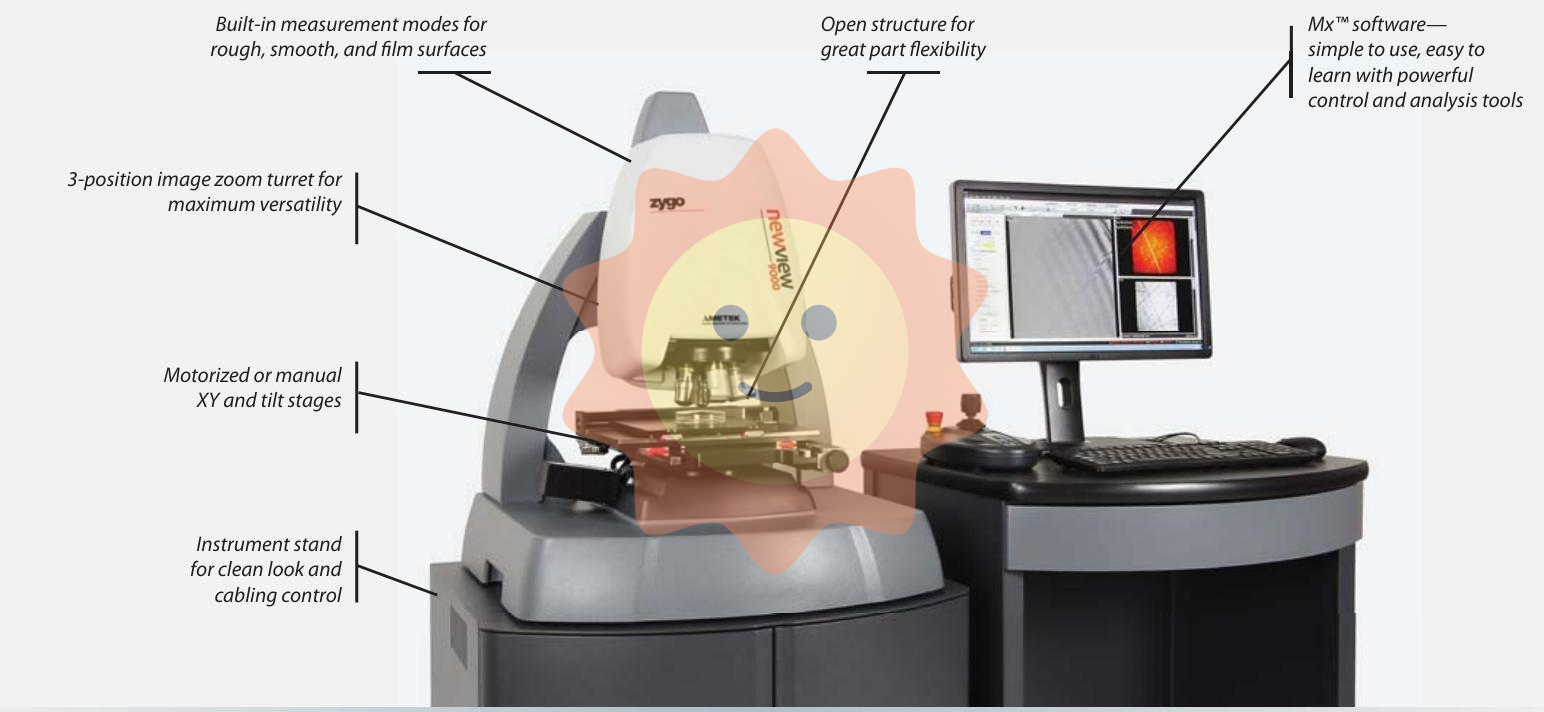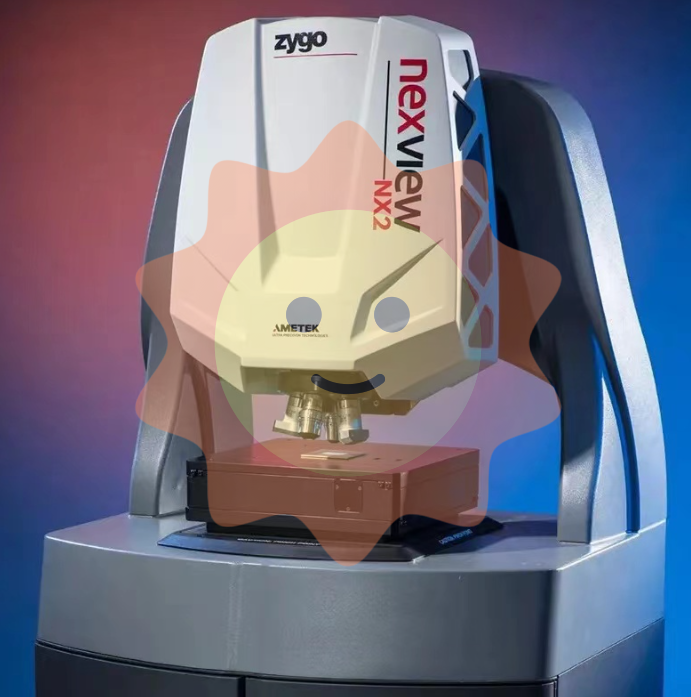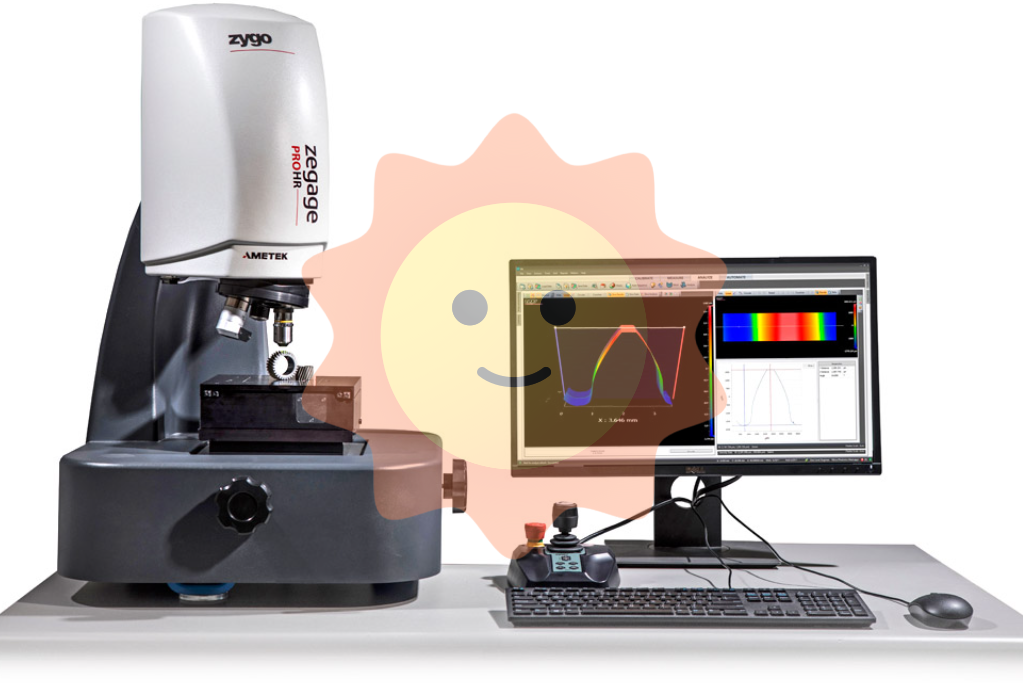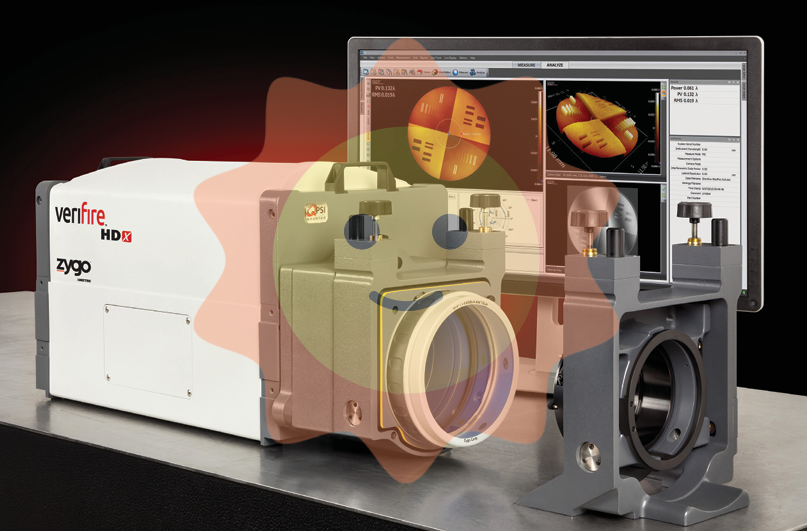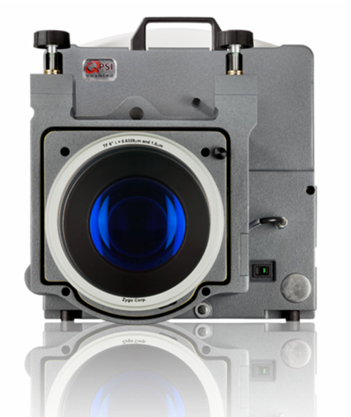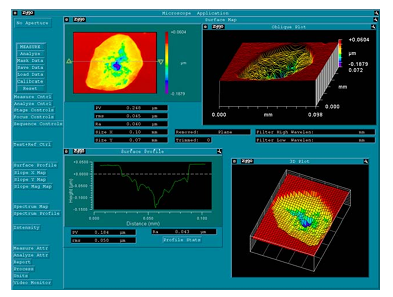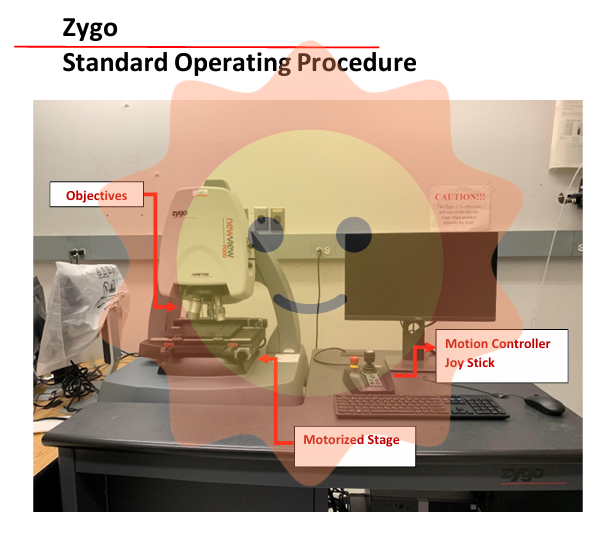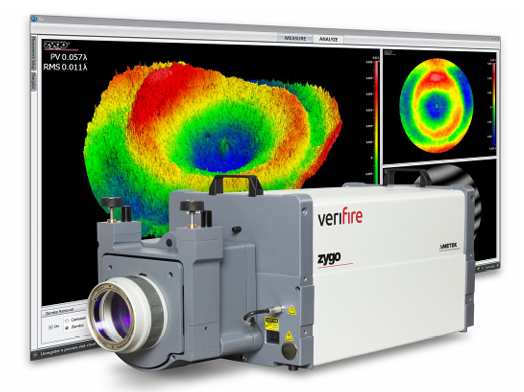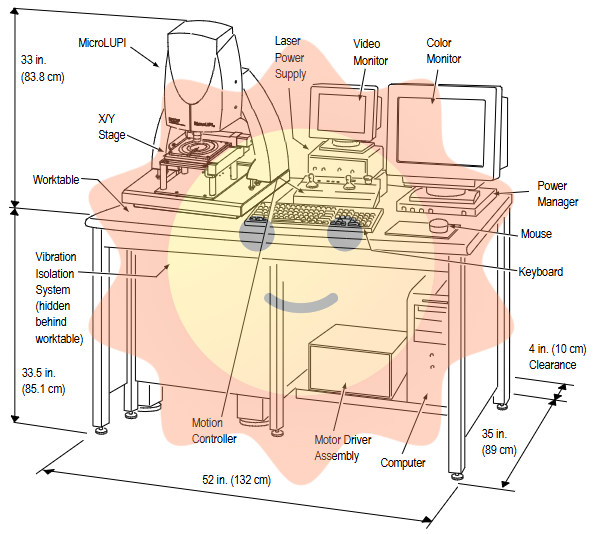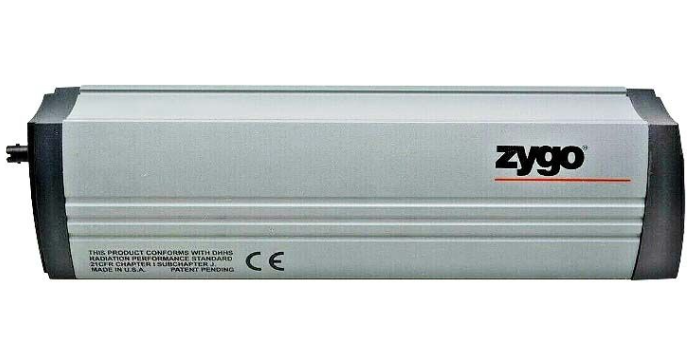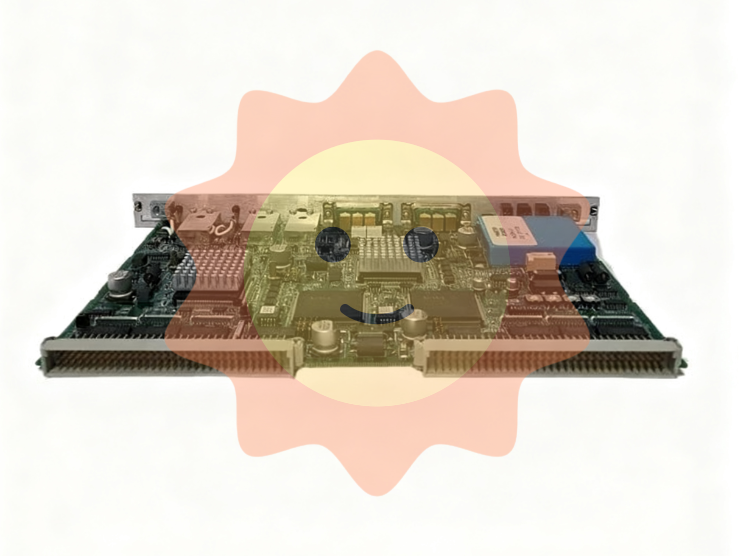The ABB CB801 3BSE042245R1 module is a Profibus DP slave module developed by ABB specifically for industrial distributed control system (DCS) communication expansion. "CB801" is the module series model, and "3BSE042245R1" is the standard material code for ABB Advant OCS or AC 800 series, belonging to ABB's industrial communication module product system. Its core function is to serve as a slave node in the Profibus DP bus network, enabling high-speed data exchange between distributed I/O modules, intelligent instruments, and central controllers (such as ABB AC 800M PLC), solving problems such as limited communication distance and signal attenuation caused by dispersed deployment of industrial field equipment. It is widely used in process industries, manufacturing industries, and other scenarios that require large-scale distributed data acquisition and control, providing stable and efficient communication expansion support for industrial automation systems.
ABB CB801 3BSE042245R1 Profibus DP Slave Expansion Module
Product core positioning
The ABB CB801 3BSE042245R1 module is a Profibus DP slave module developed by ABB specifically for industrial distributed control system (DCS) communication expansion. "CB801" is the module series model, and "3BSE042245R1" is the standard material code for ABB Advant OCS or AC 800 series, belonging to ABB's industrial communication module product system. Its core function is to serve as a slave node in the Profibus DP bus network, enabling high-speed data exchange between distributed I/O modules, intelligent instruments, and central controllers (such as ABB AC 800M PLC), solving problems such as limited communication distance and signal attenuation caused by dispersed deployment of industrial field equipment. It is widely used in process industries, manufacturing industries, and other scenarios that require large-scale distributed data acquisition and control, providing stable and efficient communication expansion support for industrial automation systems.
Key technical parameters
1. Communication performance parameters
Bus Protocol: Compatible with Profibus DP V1/V2 protocol, supporting DP-V1 standard's cyclic data exchange and alarm function, meeting real-time control and equipment diagnostic requirements.
Communication rate: Supports adaptive rate adjustment from 9.6kbit/s to 12Mbit/s, and can be flexibly selected according to the on-site communication distance and interference environment. The maximum communication distance is 100m at 12Mbit/s rate and 1200m at 9.6kbit/s rate (with the need for a repeater).
Data transmission capability: The maximum input/output data length is 244 bytes each, supporting 32 Process Data Objects (PDOs). It can simultaneously transmit real-time data from multiple I/O modules, meeting the requirements of medium-sized distributed control.
2. System and interface parameters
Master slave role: Fixed as a Profibus DP slave, it can be connected to mainstream Profibus DP master controllers such as ABB AC 800M and Siemens S7-400, supporting up to 126 slave node cascades.
Interface configuration: Equipped with a standard DB9 female Profibus DP interface (compatible with RS485 differential signals), supporting bus terminal resistors (120 Ω), which can be manually activated through DIP switches to reduce signal reflection interference.
Expansion Interface: Integrated with 2 ABB standard I/O expansion interfaces (compliant with ABB CI801 module interface specifications), it can directly connect ABB AI810 (analog input), DO810 (digital output) and other I/O modules, with a maximum expansion of 8 I/O modules, forming a distributed I/O station.
3. Electrical and environmental parameters
Power supply characteristics: adopting 24VDC wide power supply (19.2~28.8VDC), working power consumption ≤ 5W, standby power consumption ≤ 1W, suitable for industrial site standard DC power supply, can share power circuit with I/O modules.
Electromagnetic Compatibility (EMC): Compliant with the IEC 61000-6-2 industrial environment anti-interference standard, with an IP20 protection level, it can resist electromagnetic interference generated by on-site motors and frequency converters, ensuring communication stability.
Environmental adaptability: working temperature range -25 ℃~70 ℃, storage temperature range -40 ℃~85 ℃, relative humidity 5%~95% (no condensation), can adapt to harsh industrial site environments such as chemical and mining.
4. Physical and installation parameters
Size: 100mm in length, 80mm in width, and 45mm in height, adopting a compact design that is consistent with ABB's standard I/O module size, making it easy to install densely inside the control cabinet.
Installation method: Supports 35mm DIN rail installation, fixed by snap fasteners, can be installed and disassembled without tools, and can be deployed side by side with I/O modules to form standardized distributed I/O units.
Core functions and features
Flexible communication expansion capability: As a Profibus DP slave station, it can assemble dispersed I/O modules into distributed I/O stations, communicate with the central controller through the bus, replace traditional point-to-point wiring, and reduce on-site cable usage by more than 30%. For example, in large chemical industrial parks, I/O modules from different device areas can be connected to the Profibus DP bus through the CB801 module, achieving efficient integration of centralized control and decentralized collection.
Real time data transmission and diagnosis: supports 12Mbit/s high-speed communication rate, with process data transmission delay ≤ 1ms, meeting the real-time requirements of industrial control; At the same time, it has the diagnostic function of DP-V1 protocol, which can monitor the bus communication status (such as communication interruption, data error), module power status, and I/O module faults in real time. It is visually displayed through LED indicator lights (power, communication, fault), and the diagnostic information is uploaded to the main station controller, making it easy for operation and maintenance personnel to quickly locate problems.
High compatibility and plug and play: compatible with mainstream DCS systems such as ABB AC 800M and AC 800XA, and can be directly connected to existing Profibus DP networks without modifying the main station control program; Support the "hot plug" function of ABB I/O modules, which allows for the replacement of I/O modules without shutting down the system, avoiding production interruptions caused by module maintenance and improving equipment operation continuity.
Redundancy and reliability design: Supports redundant configuration of Profibus DP bus, and can automatically switch between main and backup buses through dual bus interfaces (with redundant modules). When the main bus fails, the backup bus can be connected for communication within 100ms to ensure uninterrupted data transmission; The module adopts a dual power filtering design internally, which can suppress the impact of power fluctuations on communication, and the mean time between failures (MTBF) is ≥ 100000 hours.
Typical application scenarios
1. Core application areas
Petrochemical industry
Distributed I/O communication for large-scale refining equipment (such as temperature and pressure acquisition of reaction vessels)
Establish distributed I/O stations to achieve high-speed communication between on-site I/O modules and central DCS, reducing cable laying costs
Automobile manufacturing
I/O expansion of welding production line (such as mechanical arm position signal, welding current monitoring)
Connect the dispersed I/O modules of the production line, transmit data to the PLC through the bus, and achieve collaborative control of the production line
Power system
Substation auxiliary equipment monitoring (such as collection and control of fan and pump status)
As an auxiliary equipment I/O module connected to the substation, it communicates with the SCADA system of the substation to achieve remote monitoring of the equipment
Food processing
Distributed control of production line (such as filling equipment liquid level, conveyor belt speed control)
Expand the coverage range of I/O modules to avoid the problem of insufficient I/O interfaces in the central controller and improve system flexibility
Mining industry
Underground equipment communication (such as elevator sensors, crusher status monitoring)
Adapt to harsh underground environments, transmit underground I/O data to the surface control room through a bus to ensure safe production
2. Example of System Integration
In the automation system of a certain automobile welding production line, ABB CB801 module serves as a Profibus DP slave station, forming a distributed I/O station with 6 AI810 analog input modules (collecting welding current and temperature) and 4 DO810 digital output modules (controlling welding robot actions). The I/O station communicates with the ABB AC 800M PLC in the central control room through the Profibus DP bus. The PLC sends control instructions to the CB801 module, which then distributes them to the DO810 module to drive the actuator; At the same time, the welding parameters collected by the AI810 module are uploaded to the PLC through the CB801 module, achieving real-time monitoring and closed-loop control of the welding process. When a certain AI810 module fails, the CB801 module can quickly detect and upload the fault information to the PLC. The PLC sends an alarm signal and switches to the backup welding station to avoid production line shutdown.
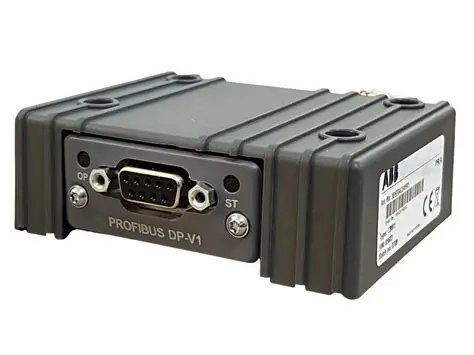
- User name Member Level Quantity Specification Purchase Date
- Satisfaction :
-









Email:wang@kongjiangauto.com

